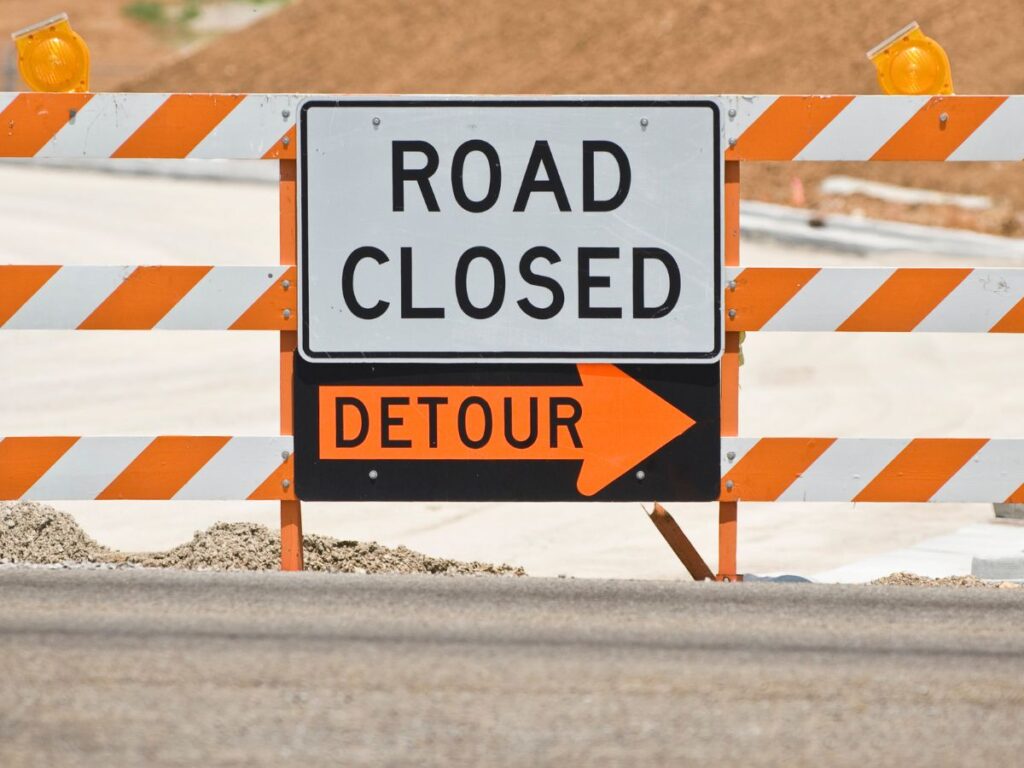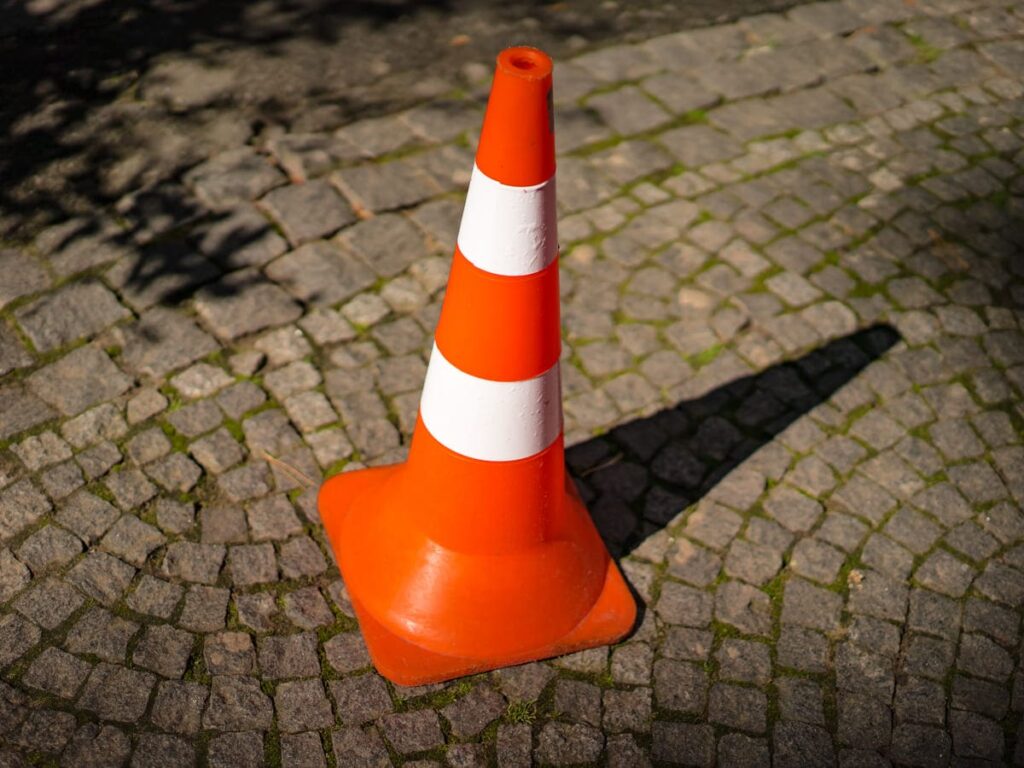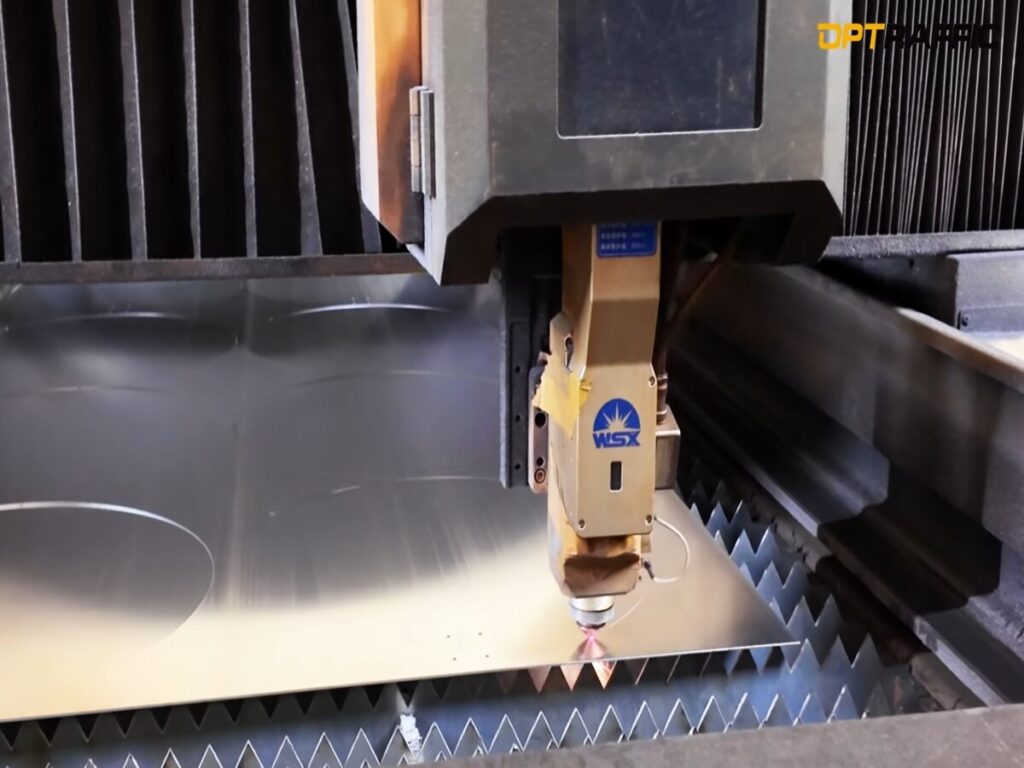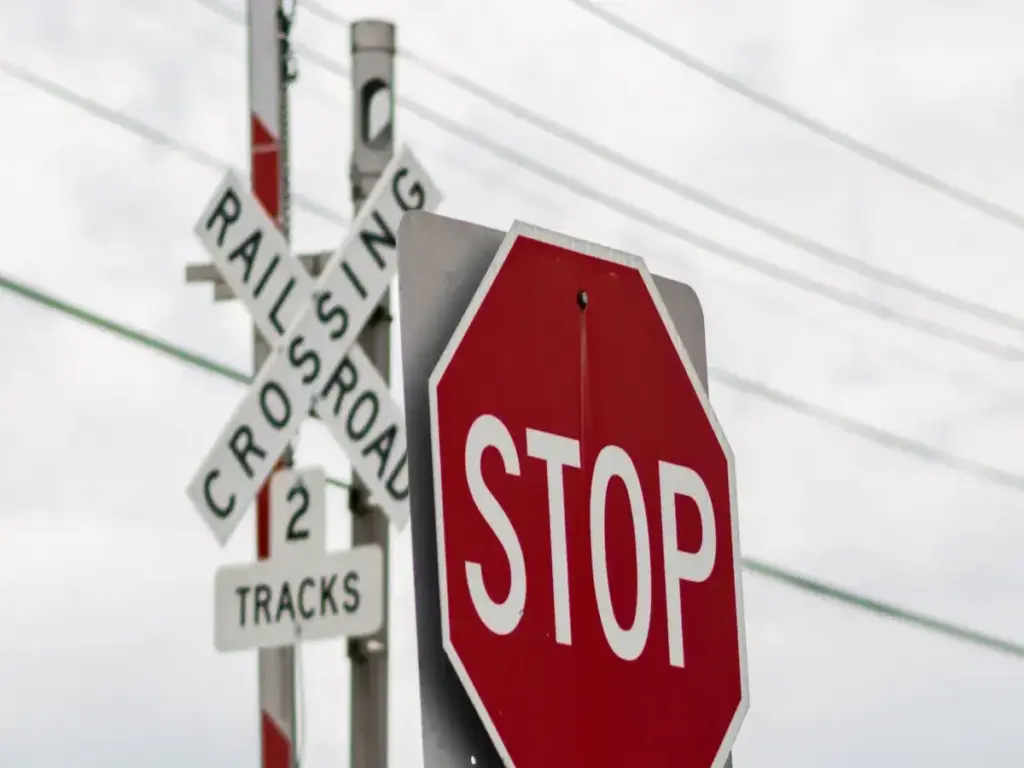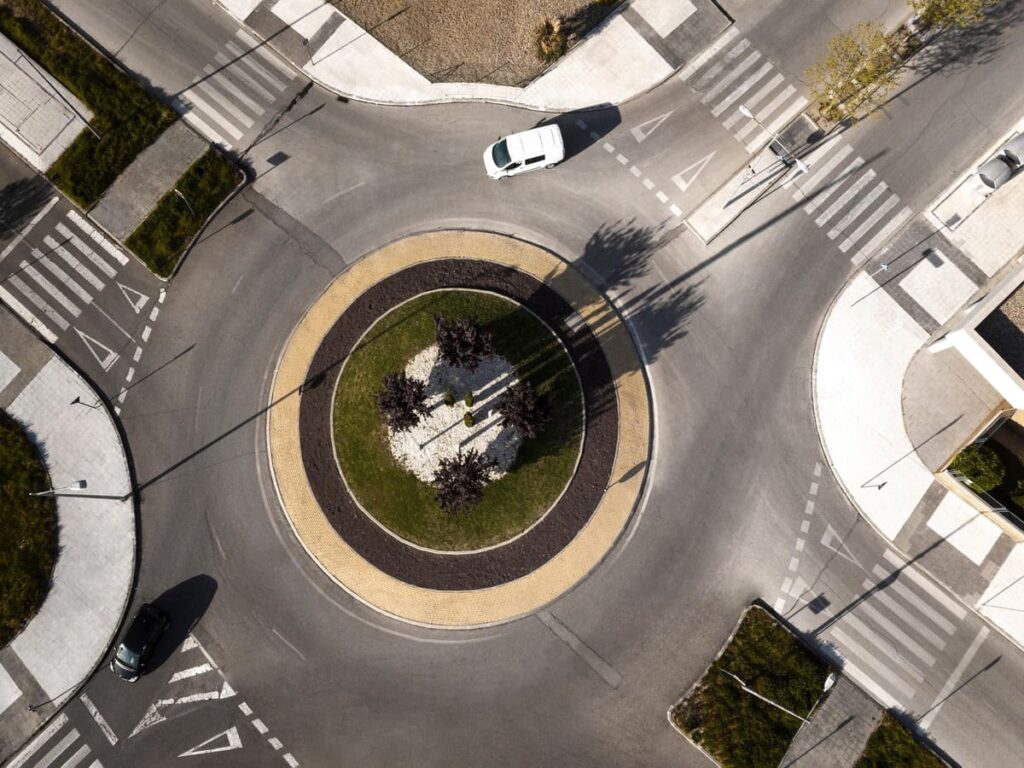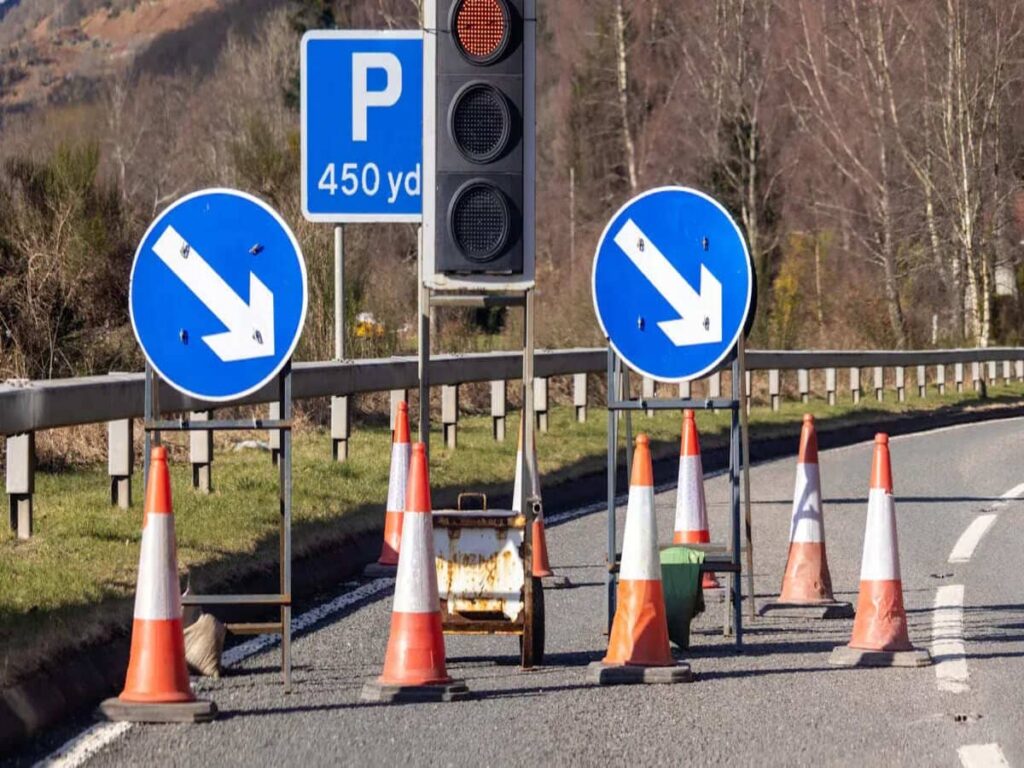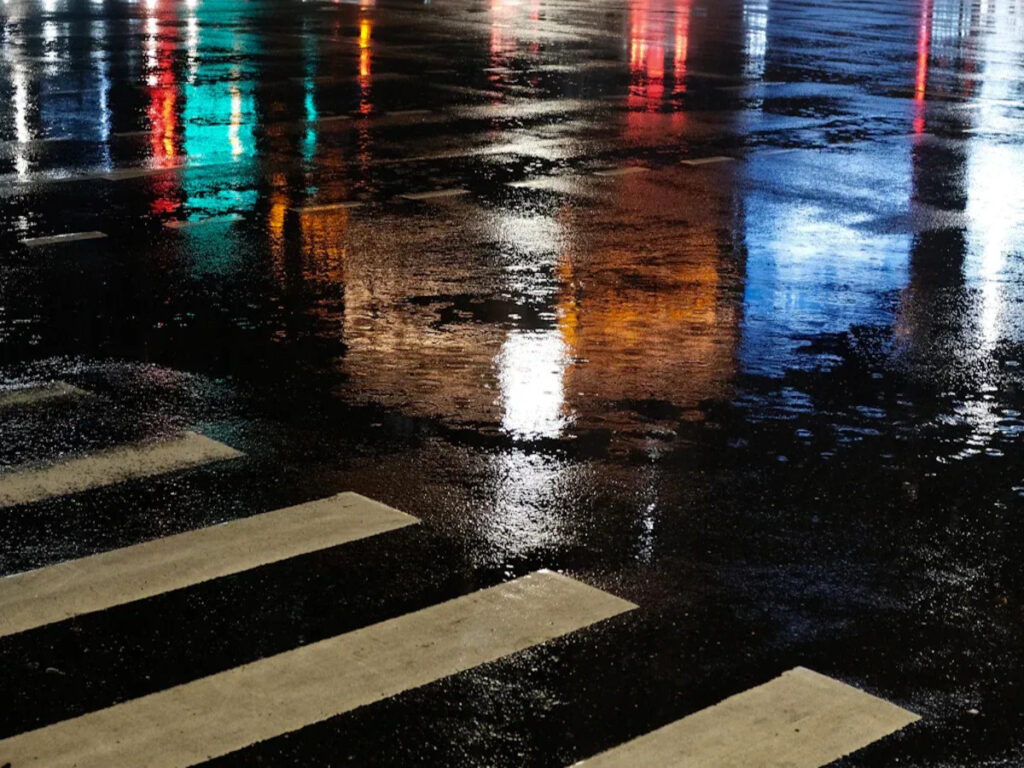
जब आप व्यस्त सड़कों के पास चलते हैं तो आप सुरक्षित रहने के लिए पैदल यात्री क्रॉसिंग संकेत पर भरोसा करते हैं. ये संकेत ड्राइवरों को सचेत करते हैं और उन्हें गति धीमी करने या रुकने के लिए कहते हैं. जब मौसम बदलता है, आपको पैदल यात्री क्रॉसिंग चिह्न देखना कठिन हो सकता है. खराब दृश्यता आपकी सुरक्षा को खतरे में डालती है, विशेषकर भारी यातायात वाले क्षेत्रों में या स्कूलों के पास. आपको ड्राइवरों और पैदल चलने वालों दोनों को सुरक्षित रहने में मदद करने के लिए स्पष्ट संकेतों की आवश्यकता है.
ओप्ट्राफिक पर, we prioritize safety with our range of high-visibility pedestrian crossing signs. Designed to withstand changing weather conditions, our signs ensure that both drivers and pedestrians can clearly see and react to crossings. Enhance the safety of your roads today with OPTRAFFIC’s durable and reliable traffic safety signage समाधान.
चाबी छीनना
- बारिश, कोहरा, बर्फ, and glare can make signs hard to see. इससे दुर्घटनाओं की संभावना अधिक हो सकती है.
- Signs that are clear, चमकदार, and well-lit help drivers see crossings sooner. Drivers can stop safely, खराब मौसम में या रात में भी.
- Reflective materials and smart signs that change with the weather help people see better. These things help keep pedestrians safe.
- Signs need regular care and must be put in the right place. This helps them stay easy to see and work well all year.
- बच्चे, बड़े लोग, and people with disabilities need extra help. Crossings with good lights and clear signs help keep them safe.
Importance of Pedestrian Crossing Signs
Alerting Drivers
पैदल यात्री क्रॉसिंग संकेत help drivers see you near the road. These signs let drivers know a crossing is ahead. This gives them time to slow down and stop. When crossings have flashing lights, drivers slow down even more. Studies show drivers can slow by 25%. More drivers stop for people at crossings with these features. The number can go from 30% को 62%. Raised crossings and warning systems help too. They make drivers pay more attention and brake sooner.
🚦 When you spot a pedestrian crossing sign, drivers are more likely to notice you and act safely.
- Drivers often:
- Slow down when they see a pedestrian crossing sign.
- Brake sooner if there are extra warnings.
- Watch more closely at crossings with clear markings.
Legal and Safety Standards
Each country has rules for where to put pedestrian crossing signs. यूरोप में, the वियना कन्वेंशन says crossings must have wide stripes. Signs must use certain colours and shapes. The United Kingdom uses ‘belisha’ beacons to make zebra crossings easy to see. संयुक्त राज्य अमेरिका में, all states say cars must stop for people at marked crossings. They use signals and pictures to help everyone understand.
These rules help you find crossings easily and make sure drivers see you too.
- Most countries:
- Use bright colours and clear symbols for easy reading.
- Do not allow parking near crossings so signs stay visible.
- Add extra lights or signals in busy or risky places.
Visibility for Pedestrian Safety
It is important that everyone can see the pedestrian crossing sign. If you or drivers cannot see the sign, दुर्घटनाएँ हो सकती हैं. Safety rules make sure signs are easy to see day and night. Removing parked cars and trimming trees helps a lot. Bright lights also make signs stand out. Research shows good signs can lower crashes by up to 80% खतरनाक स्थानों में.
Good traffic signs help you cross safely, खराब मौसम में या रात में भी.
- स्पष्ट संकेत:
- Help drivers and pedestrians react faster.
- Stop confusion and problems at crossings.
- Keep children and older people safe.
Weather Impacts on Visibility
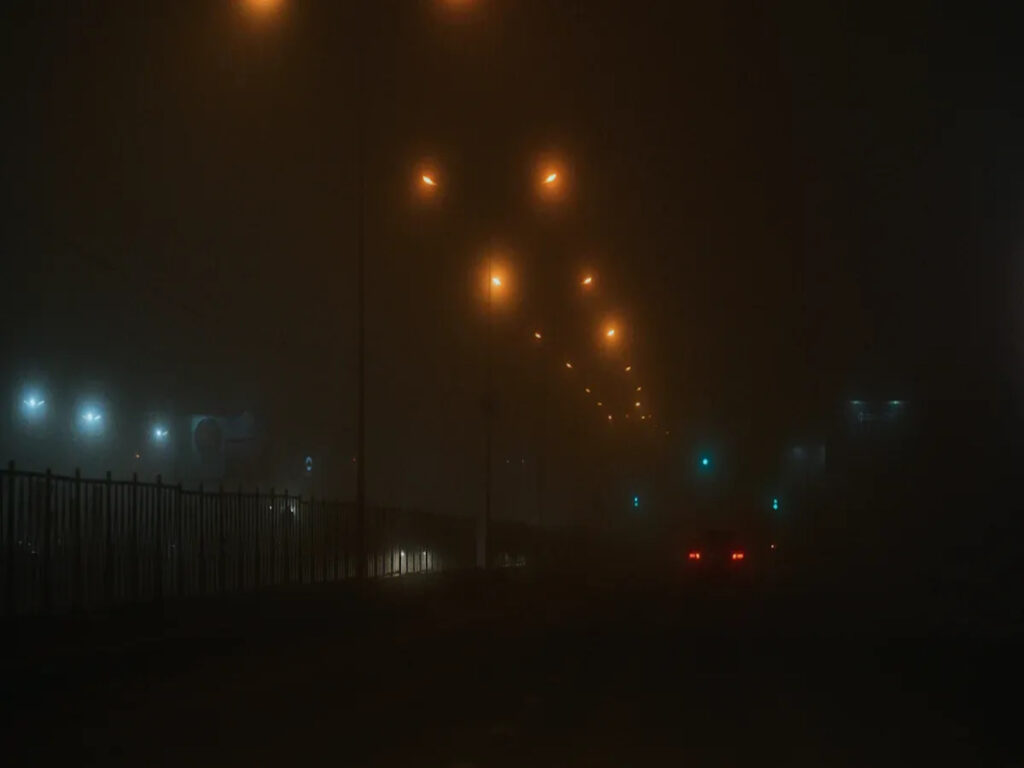
Rain and Fog
You face serious challenges when you try to spot pedestrian crossing signs during rain or fog. Heavy rain can blur your view and reduce the reflectivity of signs. पानी की बूंदें प्रकाश बिखेरती हैं, making it hard for you and drivers to see important warnings. When rain pours down, signs may appear faded or hidden behind streaks on windscreens.
Fog creates even more problems. Thick fog shortens the distance you can see ahead. Drivers often miss signs or notice them too late. Research shows that in foggy weather conditions, drivers take longer to recognise pedestrian crossing signs. Their attention drops, and they spend less time looking at signs. Brake response times increase, which means drivers react more slowly. You face higher risks at crossings because drivers may not see you in time. Advanced feedback systems, like head-up displays, can help by making signs clearer in fog, but most roads do not have these yet.
बख्शीश: Wear bright or reflective clothing in poor weather conditions to help drivers see you at crossings.
Snow and Ice
Snow and ice bring their own set of visibility issues. When snow falls, it can cover pedestrian crossing signs completely. You may find signs hidden behind snowbanks or coated in ice, making them unreadable. Ice can also form a shiny layer on signs, causing light to bounce off and create glare.
In these weather conditions, drivers struggle to spot crossings. Snow piles along the road can block both signs and the painted lines on the road. You face greater risks because drivers may not expect a crossing or may not see you until the last moment. Slippery roads add to the danger, as cars need more distance to stop.
- Snow and ice can:
- Obscure or hide signs.
- Reduce contrast between signs and surroundings.
- Increase stopping distances for vehicles.
Sunlight and Glare
Bright sunlight can make it difficult for you and drivers to see pedestrian crossing signs, especially during certain times of the year. Glare from the sun reduces the contrast between signs and their background. This problem becomes worse during ‘sun glare season’ in spring and autumn, when the sun sits low on the horizon.
- Glare can:
- Make signs and signals hard to see during peak hours.
- Cause drivers to miss red lights or fail to yield at crossings.
- Increase accident risks, especially in early evening when many people travel home.
- Extend into more months due to daylight savings time changes.
You need to stay alert during these conditions, as drivers may not notice you or the crossing sign until it is too late.
टिप्पणी: Glare is a major cause of visibility issues for both drivers and pedestrians during peak travel times.
Wind and Storms
Strong winds and storms can physically damage pedestrian crossing signs. You may see signs bent, टूटा हुआ, or even knocked down after a storm. Debris from trees or flying objects can strike signs, making them unreadable or removing them from view. कभी-कभी, wind can loosen wiring or damage LED panels, causing lights to fail.
- Effects of wind and storms:
- Poles supporting signs may bend or topple.
- Signs can become unstable or unsafe.
- Damaged signs lose their ability to warn drivers and pedestrians.
- Storm debris can block your view of crossings.
These weather conditions increase the risks for everyone. Damaged or missing signs mean drivers may not slow down or stop, putting you in danger.
Nighttime and Low Light
Nighttime and low-light conditions make it much harder for you and drivers to see pedestrian crossing signs. In the dark, signs lose their colour and stand out less against the background. कम रोशनी की स्थिति, such as dawn, dusk, or cloudy days, also reduce visibility.
Recent advances in detection technology have helped improve sign recognition in low-light conditions. उदाहरण के लिए, new algorithms can spot crossings even when light is poor, as long as the markings are clear. Improved lighting and warning systems, जैसे कि एलईडी बीकन, have increased the rate at which drivers yield to pedestrians at night. Studies show that with better lighting, driver compliance can rise from 19% पर 63%.
At night or in low-light, always use crossings with good lighting if possible. Enhanced lighting increases your safety and helps drivers see you sooner.
You face higher risks during nighttime and low-light conditions because drivers may not notice you or the crossing sign until the last second. Poor weather conditions, such as rain or fog at night, make these risks even greater.
Road Sign Visibility and Pedestrian Safety
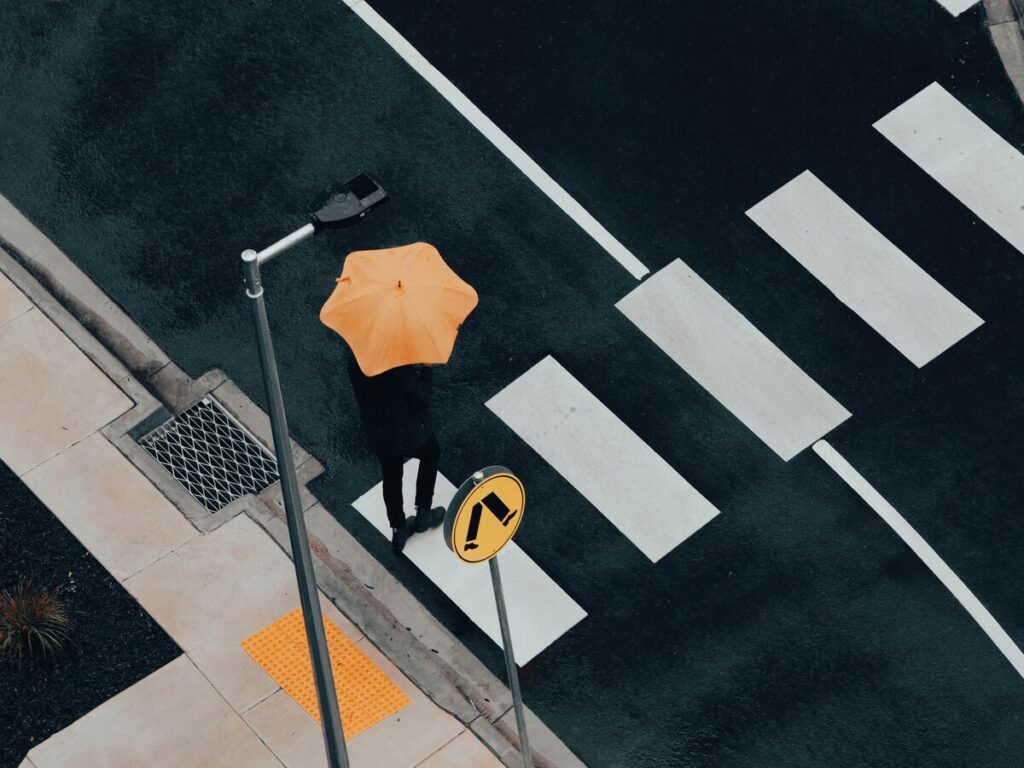
Reduced Reaction Time
You need to see road signs clearly to cross safely. When it rains a lot or there is fog, signs are harder to spot. Drivers also find it tough to see these signs fast. Studies show drivers take longer to notice people when signs are hard to see. It takes more time for drivers to see, समझना, and react to someone crossing. If a driver knows a crossing is there, they can react in 0.7 सेकंड. ख़राब मौसम में, this can go up to 1.5 seconds or more. This extra time means drivers might not stop soon enough, which puts you in more danger.
बख्शीश: Try to make eye contact with drivers before you cross, especially if the weather is bad.
दुर्घटना जोखिम
When road signs are hard to see, दुर्घटनाएं अधिक बार होती हैं. If drivers cannot see signs well, they may not slow down or stop. खराब मौसम, अंधेरा, or broken signs make accidents more likely. You are in more danger if signs blend in or get covered by snow or rubbish. Research says better lights and clearer signs can help lower these risks. Using crossings with bright signs and good lights helps keep you safer.
- Main accident risks from poor road sign visibility:
- Drivers do not see crossings or react too slowly.
- People cross without being seen by drivers.
- Cars do not stop when they should.
Vulnerable Road Users
बच्चे, बड़े लोग, and people with disabilities are at the most risk when signs are hard to see. These people may walk slower or need more time to cross. Bad weather makes it even harder for drivers to spot them. If you are in one of these groups or help someone who is, be extra careful. Pick crossings with the best lights and signs. Councils often put flashing lights near schools and care homes to help keep these people safe.
टिप्पणी: Use crossings with extra lights or signals if you need more time to cross safely.
Solutions for Pedestrian Crossing Sign Visibility
चिंतनशील सामग्री
चिंतनशील सामग्री help make pedestrian crossing signs easier to see. These materials work well in rain, कोहरा, कम रोशनी, या रात में. Retroreflective surfaces in red and yellow are easy for drivers to spot from far away. Studies show reflective jackets and signs help drivers see better. उदाहरण के लिए, reflective jackets let drivers see people from 118 मीटर को 234 मीटर दूर. Diamond Grade materials are very reflective and last longer than other types.
| चिंतनशील सामग्री प्रकार | दृश्यता दूरी (एम-eters) | सेवा जीवन (साल) | विशिष्ट उपयोग के मामले |
|---|---|---|---|
| इंजीनियर ग्रेड | ~ 150 | 5-7 | धीमी गति, अस्थायी संकेत |
| उच्च-तीव्रता वाले प्रिज्मीय | ~250-365 | 10-12 | नियामक, चेतावनी संकेत |
| डायमंड ग्रेड | ~450-490 | 12+ | Critical crossings, स्कूल क्षेत्र |
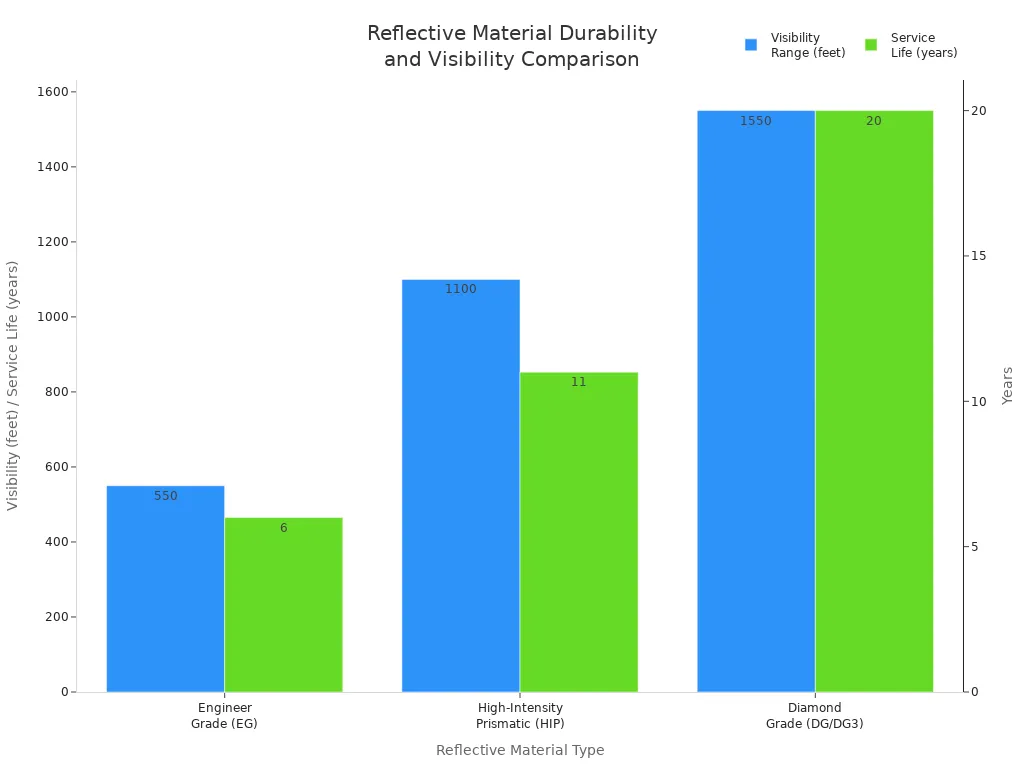
Reflective materials also help stop glare and make signs easier to see in any weather. Anti-glare coatings help drivers see signs clearly, even with bright sun or headlights.
बख्शीश: Pick high-contrast colours and reflective materials for the best results.
Improved Lighting
Good lighting makes crossings safer, खासकर रात में. You can use lights on signs, एलईडी बीकन, or floodlights to help people see crossings. Better lighting helps drivers notice crossings and stop sooner. Studies show that more lighting at crossings lowers crashes at night and helps drivers see people. Some lighting systems use sensors to change brightness when it is dark or rainy. These systems can make drivers stop up to 13 times more when used with flashing beacons.
स्मार्ट साइनेज
Smart signage uses sensors and real-time data to change with the weather. These signs get brighter in rain or fog and give more time to cross if there are more people. दक्षिण कोरिया में, AI-powered crossings with cameras and LED lights made cars slow down and reduced crashes, खराब मौसम में भी. Variable message signs warn drivers about dangers, making crossings safer during storms or fog.
- स्मार्ट संकेत:
- Spot people and change lighting.
- Change messages or lights when the weather changes.
- Help everyone stay safe in all weather.
Maintenance and Positioning
Signs need to be clean and in good shape. Regular checks make sure dirt, बर्फ, or damage does not hide signs. संकेत आंखों के स्तर पर होने चाहिए, बीच में 1.5 और 2.2 मीटर ऊंचा. Overhead signs are good for busy places. Always put signs so drivers can see them and have time to react. मजबूत का उपयोग करें, weatherproof materials so signs last and stay easy to see all year.
टिप्पणी: Check signs often and fix or replace broken ones quickly to keep crossings safe for everyone.
You help keep your area safe every day. Making sure pedestrian crossing signs are easy to see in any weather lowers accidents. This also makes your neighbourhood better for people walking. Local authorities should use strong materials and bright lights on signs. You and your neighbours can tell them if you see problems or help check crossings for safety.
| Stakeholder | Key Responsibilities |
|---|---|
| स्थानीय अधिकारी | जाँच करना, हल करना, and improve crossings often |
| Citizens & Groups | Tell about dangers, help with checks, and support safety |
मिलजुल कर काम करने से, you make the streets safer for all.
अक्सर पूछे जाने वाले प्रश्न
What should you do if you cannot see a pedestrian crossing sign in bad weather?
You should slow down and look for road markings or signals. अगर आप अनिश्चित महसूस करते हैं, wait until you can cross safely. Always make eye contact with drivers before stepping onto the road.
How can you help keep pedestrian crossing signs visible?
You can report damaged or blocked signs to your local council. You should also avoid parking near crossings. If you see rubbish or snow covering a sign, tell someone who can clear it.
Why do reflective materials matter for pedestrian crossing sign?
Reflective materials help signs stand out in rain, कोहरा, या रात में. Drivers can spot these signs from farther away. This gives everyone more time to react and stay safe.
Do smart pedestrian crossing signs work in all weather?
हाँ, smart signs use sensors and bright lights. These features help drivers and pedestrians see crossings in rain, कोहरा, या अंधेरा. Some signs even adjust their brightness when the weather changes.
Who is most at risk when signs are hard to see?
बच्चे, बड़े लोग, and those with disabilities face the most danger. They may need more time to cross. You should always use crossings with good lighting and clear signs to stay safe.

